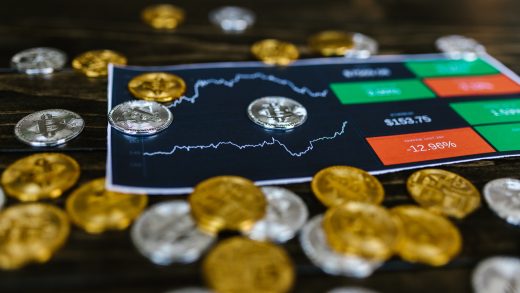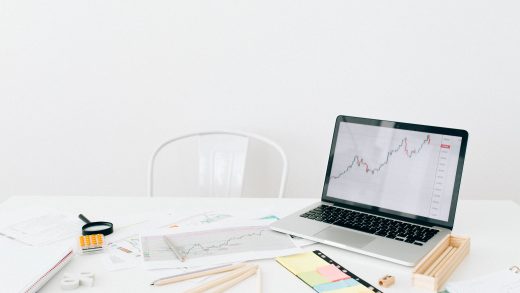When you start forex trading, you’ll quickly discover that using all the tools available pays off. These instruments should assist you in advancing your trading strategy, improving your output, and effectively boosting profit. Forex trading signals are something that no active trader can afford to ignore, given their potential to take your forex trading efforts to the next level.
What is a forex signal system?
A forex signal system is a set of analyses that a forex trader uses to generate signals to know whether or not to purchase or sell a currency pair at any moment. You can use technical analysis charting tools and news-based events to create a forex signal system. A trading signal system may be free, chargeable, or constructed by the traders.
Understanding forex signal systems
A trade signal is a call to action, whether buying or selling a security or other asset, driven by analysis. You can use technical indicators to produce human-generated analysis or mathematical algorithms based on market activity, possibly in conjunction with other market elements such as economic indicators, which may be utilised.
Technical indicators are an essential tool for traders. Traders can use a variety of technical indicators, including moving averages, stochastic oscillators, and commercially available proprietary tools. Head-and-shoulders, rounding bottoms, flags, and pennants are just a few chart formations that you may use. Many traders also construct their distinctive indicators, which may sometimes get help from a skilled programmer.
User-defined variables are available on most indicators, allowing traders to customise key inputs like the ‘look-back period’ (how much it will utilise historical data in forming the calculations).
There is no such thing as a hard and fast rule for trading signals. Traders generally prefer to keep things simple by relying only on a few data points. It is far easier to manage a primary signal generator and check its components periodically than working with an advanced signal generator that requires numerous inputs.
Using forex signal systems
The primary difference between a buy and sell signal is the way they are generated. A buy or sell signal can be produced using a Forex signal system manually or automatically in one of two ways. A trader utilising a manual system would sit at the computer monitor looking for indications and determining whether to purchase or sell.
An automated trading method necessitates that the trader ‘train’ the software on what signals to look for and how to interpret them. It is assumed that automatic trading eliminates the psychological aspect that many traders find detrimental.
The forex market is vast and complex, and knowing how to use various platforms to access the best forex signals. For example, a trader may get trades via email, WhatsApp, Skype, and other similar apps. The finest forex signal systems don’t just advise traders whether to buy or sell; they also provide information on why the action is appropriate at that moment.
Advantages
Each trader may develop an approach to signal usage suited to their style
Many traders are operating on their timetable for establishing and closing positions, with some having a higher level of comfort regarding risk/reward calculations. Furthermore, some traders choose a particular trading technique based on their past success and their degree of comfort with particular indicators. Forex trading signals can assist you in whatever trading strategy you choose.
There are a variety of methods to follow trading signals
Traders can use signals to discover trading possibilities even when they aren’t currently following a specific forex chart, thanks to subscription-based services, automated alerts via email, text message, or other communication methods.
Trading signals can provide trading ideas and suggestions based on various chart data
Forex traders can use signals to assess opportunities from various angles, including historical data, trading volume, and price momentum. This may help to enhance a trader’s confidence in their trade decisions.
Disadvantages
Signals aren’t an exact science
Traders who use trading signals to help them make decisions have a lot of debate on which signals and groups provide the best profits. Traders must develop an approach to utilising signals suited for them—with no assurance that it will pay off in the near term or over a more extended period.
False signals are a constant threat
Even when you employ numerous signals to corroborate trends and validate your approach, fraudulent indicators are always dangerous. Traders must constantly execute trades with a grain of salt so that no severe trader ever invests all of their trading capital into a single position.
A case of ‘analysis paralysis’ can occur when traders rely too much on forex signals
When attempting to do comprehensive research and eliminate risk from your trades, you may inadvertently limit your judgment and critical thinking capacity.
The final say
What you need to do when you decide to trade forex is to grab every possible advantage. The most significant advantage anybody can gain in this market, according to most people, comes via forex signal trading. Because they bridge the gap between remaining up with market developments and falling behind the most active traders around, they are seen as the critical missing link.



